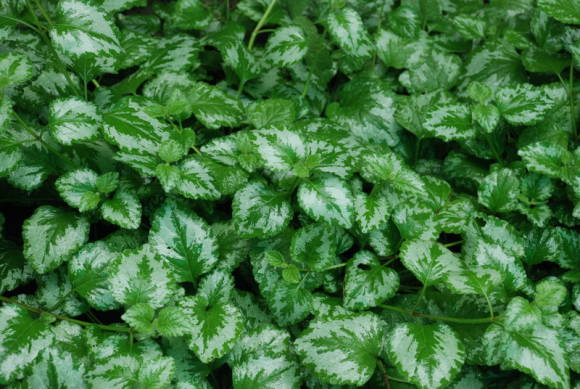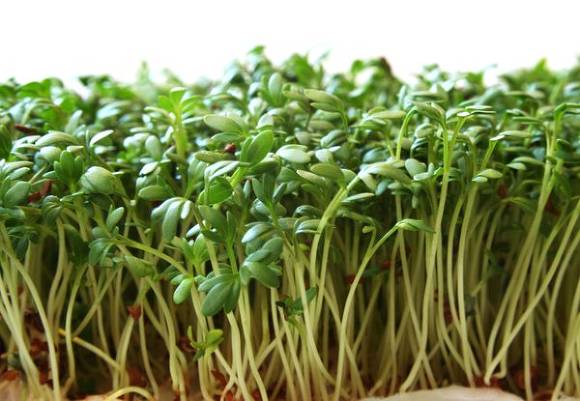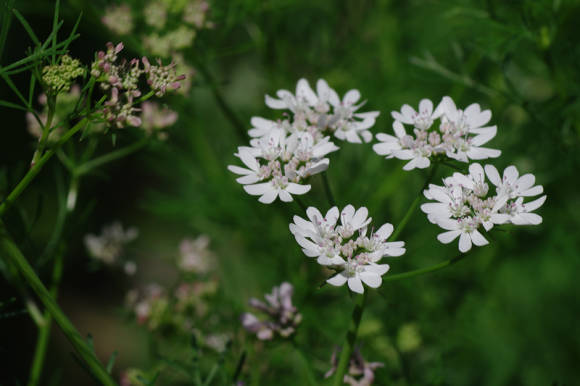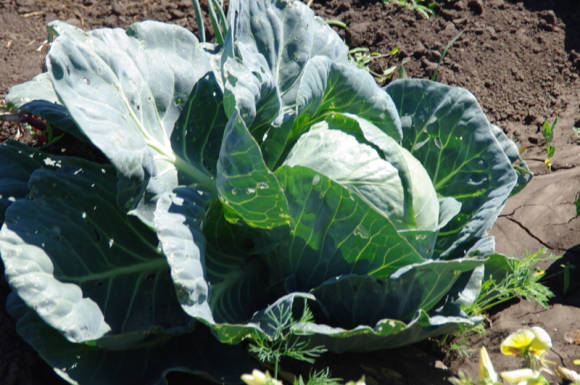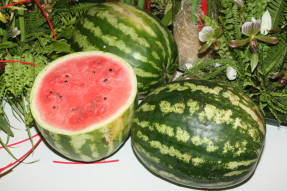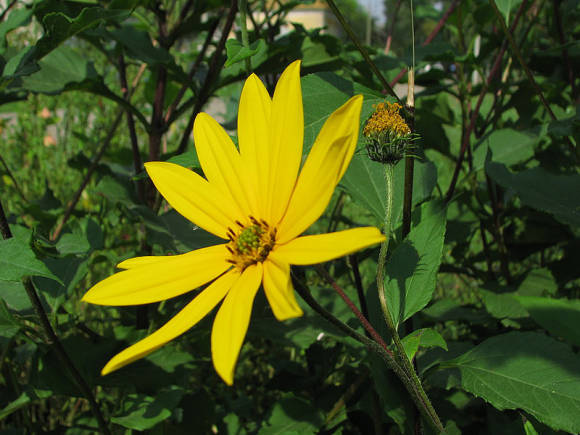As a chemist, I worked a lot with hydrogels, but I could not imagine that one of them would find wide application in gardening.
First, about what a hydrogel is. These are granules of an inert polymer that swell quickly when water is added. 1 g of the substance is able to absorb up to 200 ml of water and form a gel. This amount is mixed with about 1 liter of soil. A teaspoon contains about 2 g, and a tablespoon contains 10 g of dry gel. Russian-made gel swells for more than 2 hours, imported - 20-30 minutes.
When growing seedlings and indoor plants, it is recommended to mix 200 ml (glass) of swollen gel with 1 liter of soil, when growing seedlings, perennial flowers - 500 ml of gel per well. The first two weeks (before the roots grow into the granules) are watered with water as usual, and then 5 times less often.
My experience with hydrogel is already quite extensive, and it all started in 2010. The summer of 2010 in the Moscow region was not just hot, but super hot, and the heat was long and exhausting. Naturally, there was not enough water from the well for irrigation. My considerable collections of my favorite flowers were saved by a hydrogel, which was introduced as close to the roots as possible, and on top was mulched with sphagnum.
The hydrogel is especially good for phlox grafting. Some of the spring shoots were planted in pits with the addition of a swollen hydrogel. When using the hydrogel, the roots were an order of magnitude better than without it.
In the spring, when planting seedlings of petunias in hanging baskets, the hydrogel was safely forgotten. Baskets hang on the south side of the house, and they had to be watered not only often, but very often. I wanted to make my life a little easier with the use of a hydrogel. Since the plants were already large, a weak solution of mineral fertilizers was added to the granules, the amount of fertilizer as for foliar feeding (5 g / 10 l of water). The petunias were feeding themselves little by little, and watering was required much less frequently.
 |  |
The main advantages of the hydrogel are that you can water less and fertilize the plants less. When introduced into the soil, it will give the necessary moisture to the roots of plants, and if there is an excess of this moisture in the ground, it will absorb it. The roots of the plants will take the necessary water and nutrition from the pellets gradually when feeding with solutions.
When using the hydrogel in the open field, it is recommended to apply it in a dry state to the soil, and then pour it abundantly with water. Usually, it is recommended to use 25-100 g of dry granules per 1 square meter (less for clay soil, more for sandy soil). If the plant has a shallow root system, then the hydrogel should be mixed with the top layer of the earth (10 cm). If the plant, on the contrary, has a deep root system, then the granules are placed deeper (20-25 cm).
But I like to add the swollen hydrogel directly into the wells when planting a plant. For this, the hydrogel is pre-soaked in water. After a certain time, the granules swell and in this form they are mixed with the ground (1 part of the hydrogel for 5 parts of the soil). An imported hydrogel swells in 20 minutes, and a domestic one in a couple of hours. I always have a bucket of swollen granules at the ready. If the plant is already planted, the swollen granules can be mixed with the soil around the plant's roots.
Many problems can be avoided by incorporating the hydrogel into the soil. The plant will not suffer from a lack of moisture and rot, the yield will increase, and the root system will develop better. The hydrogel works in soil for about 5 years. This means that after winter, fertilizers will not be washed out of the soil, the hydrogel granules will retain useful elements and the moisture necessary for the plant.
Hydrogel is used in the garden for many purposes: when planting annuals in baskets and soil, perennials in the soil. For growing seedlings I use imported hydrogel, I order it in bulk on the Internet.
The use of a hydrogel when growing seedlings
I put the swollen gel in Petri dishes (if they are absent, you can use a saucer), cover it on top with a circle cut from a paper towel. I spread the seeds on damp paper, carefully cover the cup with a film for foodstuffs, make holes with an awl so that the seeds do not suffocate. I put it in a warm, dark place. The seeds peck on the hydrogel much faster than on the surface of damp paper or in a cloth.
7 seeds of Temp pepper were placed on the hydrogel on March 5, on March 8, 3 pieces were picked, on March 10 - the rest. On the hydrogel, after five days, we have hatched pepper seeds, when planted in the ground with dry seeds, the peppers sprout in two weeks. And even then the question is how many seeds will sprout.
 |  |
I do not plant seeds that have grown, I wait for the rudiments of the roots to appear. After that, I gently plant these "seedlings" in peat tablets with tweezers. Peat tablets contain antibacterial additives (suppressing the development of fungi and mold), growth stimulants and mineral fertilizers. The tablets are packed in a mesh soaked in fungicides, through which the roots germinate perfectly. The tablets swell quickly on contact with water. I put them in a container higher than the size of a swollen tablet, I must sign it. Peat dries up quickly, you need to carefully monitor and spray with water in time or pour water on the bottom of the container.
Since the tablets contain the substances necessary for the start of plant development, additional feeding will be required when the seedlings have two true leaves. When the seedlings grow up, I place them in transparent disposable glasses (500 ml), filling the bottom of the glass by a third with nutrient earth with hydrogel. As I grow, I sprinkle the seedlings with earth. When it is time to plant seedlings, I cut the glass with scissors and lower it into the hole. I fill the well with the organo-mineral fertilizer "Giant" and add hydrogel (200 ml of swollen hydrogel per 1 liter of soil). The mesh dissolves in the ground.
 |  |
What are the advantages of this method? Seeds suitable for growing seedlings are immediately visible, they do not need to be subjected to any additional treatments, seedlings do not get sick, porous peat gives enough air for root growth and does not absorb excess water. As a result, it is a fairly convenient and economical way to grow strong seedlings without losses with a developed root system.
 |  |
The tablets are stored for a long time, it makes sense to buy a large amount at once, it will cost less than annual purchases. The disadvantages include the property of peat to dry quickly, so you need to carefully monitor the moisture content of the tablets.
Photo by the author

